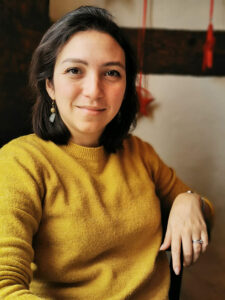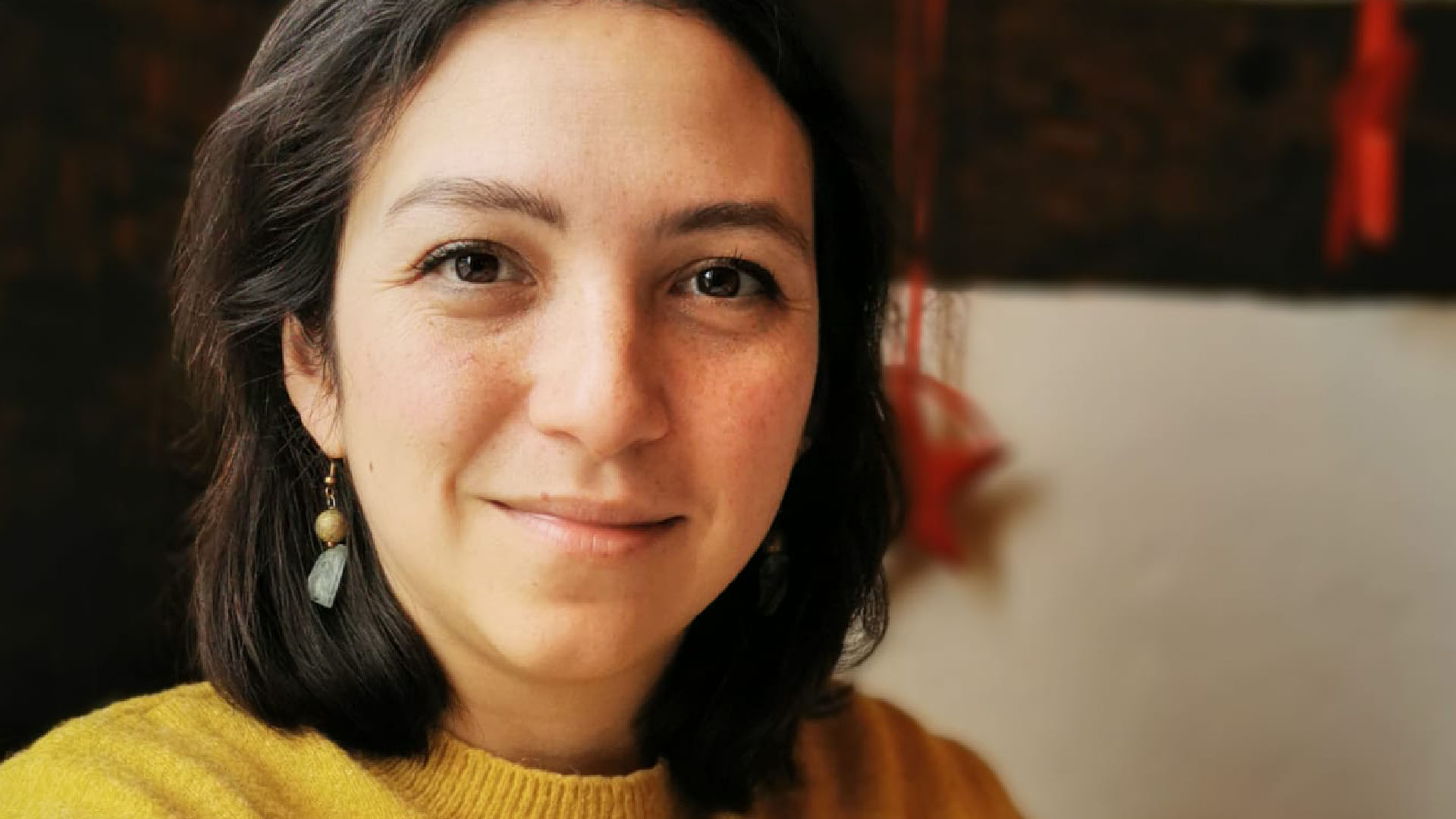Micaela Giovannotti, SmartStamp’s Editor At Large, interviews Ariane Moser, COO of the US non-profit Artive.
 MG: Artive’s mission to help protect the world’s cultural heritage by recording and indexing data for posterity and preservation through the use of technology seems to be in sync with SmartStamp’s vision to become the new standard for the protection against art forgeries. How do you envision this partnership shaping up?
MG: Artive’s mission to help protect the world’s cultural heritage by recording and indexing data for posterity and preservation through the use of technology seems to be in sync with SmartStamp’s vision to become the new standard for the protection against art forgeries. How do you envision this partnership shaping up?
AM: A shared vision is always a strong foundation for a long-term partnership, which is Artive’s ultimate goal. We are eager to build relationships that will continue to develop solutions for the protection of cultural heritage for posterity.
Our work together starts with SmartStamp providing Artive easily implemented blockchain timestamping of our due diligence reports while maintaining our independent data. We didn’t have to rewrite our systems or convert to expensive and energy intense smart contracts. We hope it will continue by Artive and SmartStamp pulling our resources together to help cover a multitude of potential high-risk objects, such as illicitly excavated and exported objects, especially from conflict-affected nations.
In any case, we are thrilled to be partnering with SmartStamp, a company that also strives to make the wider art market a safer, more transparent, and more sustainable place!
MG: We see the importance of Artive’s work to shed light on current risks in the market and advance due diligence to the forefront of conversations, as well as to provide proactive solutions to combat threats against our world’s treasures. What distinguishes Artive in the current landscape of databases and art registries?
AM: I think the tech aspect sets us apart. Our database operates with integrated image recognition software and our due diligence reports are anchored in the blockchain. Another aspect that I think sets us apart is that our data includes records from all over the world, covers all types of objects and many types of claims that could pose a risk to a safe circulation and transaction of the objects – from theft, legal disputes, and attached financial liens to unauthorized reproductions.
We strive to be comprehensive, inclusive, and collaborative in our approach in relation to the data that we collect and in the partnerships that we pursue. And we can make change happen relatively quickly through the way we are set up, which is also a great benefit.
MG: Why should artists use Artive to flag their works that have been stolen, withheld after consignment, or otherwise in legal dispute over title?
AM: We do encourage artists to register their work, confidentially on the Artive Database, before any issues arise. Nobody likes to think about the worst-case scenarios, but as is with other things in life, a good preparation can really make a big difference.
In art theft terms, a comprehensive documentation will always help to establish and ascertain an artist’s claim to the works in question. Maybe it could be also a deterrent if artists could say to their galleries that the consigned work is registered with an independent non-profit art database. In any case, objects can also be added free of charge even after an event has occurred. Whether it is a theft with unknown whereabouts, a refusal on the consignor’s part to return the artwork, or an unauthorized reproduction of an image — and there can be so many other legal disputes — having the objects in the Artive Database means that they have been flagged as being claimed by the rightful owner. Any inquiry that is being submitted against the database prior to a transaction or loan or move that matches the work in question is helping to locate and ultimately recover the work to the rightful owner.
MG: What would be Artive’s ultimate goal or ideal solution for safe and transparent art transactions and cultural heritage protection?
AM: We want to help make the world a more connected place by bringing forth some system change – to put it very bluntly. The system we have at the moment has many weak areas that could be strengthened with smart technologies and we want to contribute to an improvement in how we trade, move, and research our world’s cultural heritage, and how we communicate with each other!
Due diligence and transparency in the art market — and the opportunity that completely digital IDs, AI, blockchain, and image recognition technologies offer — is a complex and multi-layered topic, and I know I’m generalizing here, but that’s what it boils down to.
MG: Artive’s Open Access and Digital Outreach Initiatives embody your core values and make your efforts tangible to the wider audience. Would you please walk us through your strategy moving forward?
AM: Both our initiatives follow our core belief that data is here to be accessed and used by everyone. Our mandate is a global one and we are committed to growing our dataset to include a diverse range of objects. Our responsibility is to cover territories and communities that have not been caught on the current radar of cultural property protection.
We also want to go beyond recording data; what are we going to do with all this data? How can we add meaning to it? We believe that by translating digital records into knowledge we could encourage safer market decisions in the future.
Artive is calling for donations to move those two initiatives forward, we can’t and don’t want to do it on our own.



